The Godmother of Kearny Street
By Gregory R. De Silva
Maria R. Balidio
“For these young Filipino men, who were away from home and missing home, her place was home. And for them my grandmother was ‘Charing,’ as they called her, their godmother.”
Evel Ante and Gregory R. De Silva dancing for I-Hotel residents in Lucky’s Pool Hall on Kearny Street, c. 1970’s
My grandmother, Maria R. Balidio, was born in what was then the sugar plantation of Paia in Maui, Hawaii, at the beginning of the last century, now turned into a tropical tourist trap with hippie boutiques and vegetarian restaurants. But in my mind, I will always remember her for her style, the picture of an urban and urbane Filipino Auntie Mame holding a long black lacquered rhinestone encrusted cigarette holder with jungle-red-polished finger nails smoking a Pall Mall as the smoke swirled around her and past my face.
In my mind, I’ll always be Patrick to her Auntie Mame. She had been a beauty queen, which had allowed her to leave Paia for Honolulu, but a year after the bombing of Pearl Harbor she would decide to gather her four daughters, including my mother, and like so many other Filipinos, board a plane and head for the beautiful City by the Bay. After having navigated through four of her seven marriages in Hawaii, she would settle down in San Francisco, always working several jobs at a time in order to provide and take care of her children. She still managed to lead a glamorous life, posing for photo shoots as a hand-and-hat fashion model by day and working at night as a club hostess headlining the revues in the Taxi Dance Halls on Kearny Street.
On many occasions the manongs emptying out of the clubs would head to her flat on Central Avenue where the party would continue. Her home became thus a place where the manongs, farmworkers, merchant seamen and military servicemen would gather, socialize, eat, and find a place to stay. For these young Filipino men, who were away from home and missing home, her place was home. And for them my grandmother was Charing, as they called her, their godmother.
With a sharp wit and sense of humor she could throw shade, crack a joke, and tell a tale, bringing you to tears or laughter or both, and that made her the life of the party. As a young boy, the way she moved through life literally and figuratively was inspiring to me. The way she tilted her head from side to side looking at herself in the mirror, the way one palm would go limp as the other applied Jean Naté to her wrist, the way she would swagger in her heels, it was all performance to me. I was fascinated with her diverse group of close Filipino friends—hairdressers, artist, performers and designers who always gathered at her home and I would later come to identify as gay.
One night when I was 9, she took me to the nightclub to perform a little dance number for the manongs. As cheers erupted, and shouts of “this is for Charing’s grandson,” I was showered with nickels, quarters, dimes and dollar bills. And with a proud smile on her face, at that moment, in my mind I became part of her colorful circle of friends, and it was with this blessing that I began my journey in life as a dancer and performer. Every entrance on stage, every gesture that I make when performing reminds me not only of her beauty but of her fearlessness.
My grandmother was my deepest inspiration and my most abiding influence, most especially perhaps when I became a member of Bagong Diwa or New Spirit, the Filipino American dance company that I helped to co-found in San Francisco in the 1970s. To this day whenever I’m starting a new project, creating a new piece or opening the door to a new adventure, as Auntie Mame would say, it’s her proud smiling image that appears before me urging me on like that night I first stepped on stage on Kearny St.
The last time I saw her I was coming out of rehearsal feeling tired and discouraged when she appeared all of a sudden barreling down Mission St in her loud shocking orange 1970s Ford Torino honking and waving and inviting me to join her. I knew then that I was going to be okay.
Alleluia Panis and Gregory R. De Silva of Bagong Diwa Dance Company in 1976
Gregory R. De Silva is a founding member of the Filipino dance company Bagong Diwa and former dancer with the Metropolitan Opera and New York City Opera.




